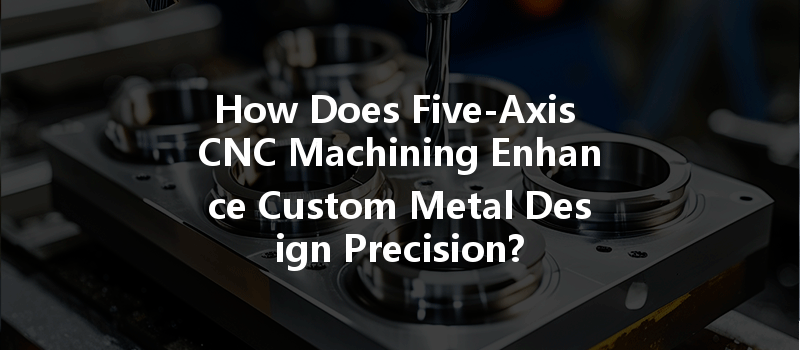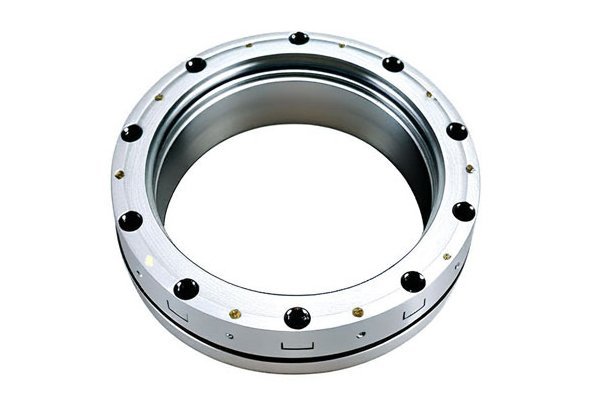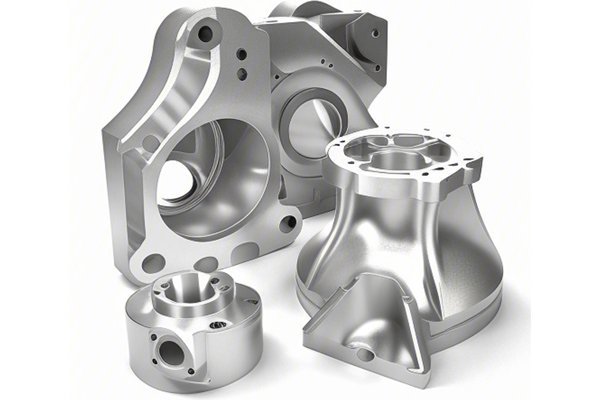Did you know that the global CNC machining market size was valued at approximately $63 billion in 2021 and is expected to grow significantly in the coming years? With the rise of automation in manufacturing, more companies are turning to advanced CNC machining techniques to stay competitive. Among these techniques, five-axis CNC machining stands out as a groundbreaking innovation that not only enhances efficiency but also drastically improves precision in custom metal design.
In a world where precision is paramount, especially in industries like aerospace, automotive, and medical devices, understanding the role of five-axis CNC machining can be a game-changer for manufacturers. In this blog, we will explore how five-axis CNC machining works, the specific benefits it offers for custom metal design, and practical solutions for businesses looking to implement this advanced technology effectively.
Understanding Five-Axis CNC Machining
Five-axis CNC machining refers to a type of manufacturing process that allows a cutting tool to move both vertically and horizontally while simultaneously spinning on multiple axes. Unlike traditional three-axis machines, which can only move along the X, Y, and Z axes, five-axis machines add two additional rotational axes (often referred to as A and B) to the equation. This multi-dimensional capability enables complex geometries and intricate designs to be machined with high precision.
The five axes typically operate as follows:
This kind of flexibility allows for more efficient machining processes because parts can be oriented in such a way that minimizes the need for multiple setups. In essence, parts can be machined in a single operation, which significantly reduces production time and increases accuracy.
Advantages of Five-Axis Machining for Custom Metal Designs
Precision is at the heart of any custom metal design, and five-axis CNC machining takes this to a new level. The ability to manipulate the workpiece on multiple axes allows for better tooling access, reducing the likelihood of errors due to tool misalignment.
Furthermore, the precision of five-axis machining translates into tighter tolerances, meaning that the final components fit together perfectly. For example, in the aerospace industry, where each component must meet exact specifications to ensure safety and performance, five-axis machining provides the accuracy needed.
Time is money in manufacturing. Traditional machining often requires several setups to complete a part, leading to extended lead times. However, five-axis CNC machining streamlines the process by completing complex designs in a single setup.
For instance, when fabricating parts for medical devices, where precision is coupled with the need for quick turnaround, five-axis machining allows designers to create intricate components rapidly. This reduction in setup time translates into improved efficiency and reduced labor costs.
Another critical advantage of five-axis CNC machining is its ability to achieve superior surface finishes. The angle of attack can be modified so that the cutting tool always approaches the material at an optimal angle. This results in less cutting pressure, leading to smoother surfaces with fewer tool marks which is essential for aesthetic metal designs or components that require tight tolerances.
The multi-axis functionality of five-axis machining opens up a realm of possibilities when it comes to part design. Complex geometries that would typically require costly and time-consuming processes can now be executed in a single pass.
This flexibility is particularly beneficial in industries such as automotive and aerospace, where efficiency and weight reduction through optimized designs can have significant impacts on performance and cost. Custom metal designers can experiment with intricate patterns and shapes, leading to innovative solutions that would be difficult with traditional machining methods.
Five-axis CNC machining is also known for its ability to maximize material usage. Traditional machining often involves cutting away a significant portion of material, which can lead to waste. With five-axis machining, designers can create parts that use material more efficiently, reducing waste and ultimately lowering material costs.
Five-axis machining allows manufacturers to create highly complex parts that wouldn’t be feasible with traditional methods. The technology can handle complex contours, undercuts, and deep cavities, which are often associated with custom metal designs. This capability opens up new avenues in engineering, allowing for unique solutions in product development.
Implementing Five-Axis CNC Machining in Your Manufacturing Process
If you are considering integrating five-axis CNC machining into your operations, there are several steps and considerations to keep in mind for an effective implementation.

Begin by evaluating your current manufacturing workflows. Identify the areas where five-axis machining could provide the most benefit. This may be in sectors where precision is critical, such as aerospace, medical devices, or automotive components.
Five-axis CNC machining requires skilled operators and programmers who are familiar with the technology and can optimize the machining process. Investing in training for your team or hiring professionals with experience in five-axis operations will pay dividends in terms of improved machining quality and efficiency.
Choosing the right five-axis CNC machine is essential for maximizing the benefits of this technology. Consider factors such as the machine’s accuracy, speed, and the range of materials it can handle. Moreover, ensure that the machine can accommodate the types of custom metal designs you produce.
In addition to the hardware, ensure that you have the right software to support five-axis programming. Advanced CAD/CAM software is crucial for designing parts and planning the toolpath for machining. This software allows you to visualize the machining process and optimize designs for efficiency and quality.
Selecting the right materials for your projects is crucial. Different metals and alloys behave differently under machining conditions and can significantly impact the final outcome. Understanding the material properties and how they interact with five-axis machining can lead to better design decisions and improved product quality.
Once you begin using five-axis CNC machining, continuously monitor the process for quality and efficiency. Utilize data analytics to understand performance metrics and identify areas for improvement. Iterating on machining practices based on performance data will lead to ongoing enhancements in your manufacturing processes.
Challenges and Considerations
While five-axis CNC machining offers numerous advantages, several challenges may come along with its implementation.
Investing in five-axis CNC machines can be expensive, both in terms of equipment and the required skilled labor for operation. However, this should be viewed as a long-term investment that can pay off in reduced labor costs and improved efficiency.
Five-axis machining is more complex than traditional setups, which may pose a learning curve for operators. Comprehensive training and continuous support are vital to ensure that your team is proficient in operating the machinery efficiently.
While CAD/CAM software is powerful for five-axis machining, it requires users to have a solid understanding of both the design and manufacturing processes. Ensuring your team is well-versed in this software is crucial for optimizing designs and programming toolpaths effectively.
Case Studies: Success Stories of Five-Axis CNC Machining
Case Study 1: Aerospace Component Manufacturer
An aerospace component manufacturer struggled with long lead times and high production costs due to multiple setups required by their traditional machining process. By switching to five-axis CNC machining, they were able to reduce lead times by 40% and cut production costs significantly. The advanced capabilities allowed them to produce complex geometries in one setup, resulting in less waste and greater material efficiency.
Case Study 2: Medical Device Innovator
A company specializing in custom surgical instruments adopted five-axis CNC machining to improve precision in producing intricate parts for medical devices. The use of five-axis technology reduced manufacturing time by over 30% and improved the surface finish of their products, meeting stringent medical standards. This shift enabled them to respond faster to market needs while maintaining the quality necessary for medical applications.
As we have explored throughout this blog, five-axis CNC machining is a transformative technology in the world of custom metal design. Its ability to enhance precision, reduce manufacturing time, and improve surface finish allows companies to remain competitive in increasingly demanding industries.
As businesses look to innovate and optimize their manufacturing processes, understanding the ins and outs of five-axis machining becomes crucial. By carefully assessing needs, investing in equipment, and ensuring your team is trained and equipped with the right resources, you can harness the full potential of five-axis CNC machining.
In today’s fast-paced manufacturing landscape, the principles and strategies discussed in this blog become critical considerations for leaders aiming to drive efficiency and product quality. Keep in mind that the future of manufacturing heavily relies on precision technology, making it essential to embrace innovations like five-axis CNC machining for a successful tomorrow.






